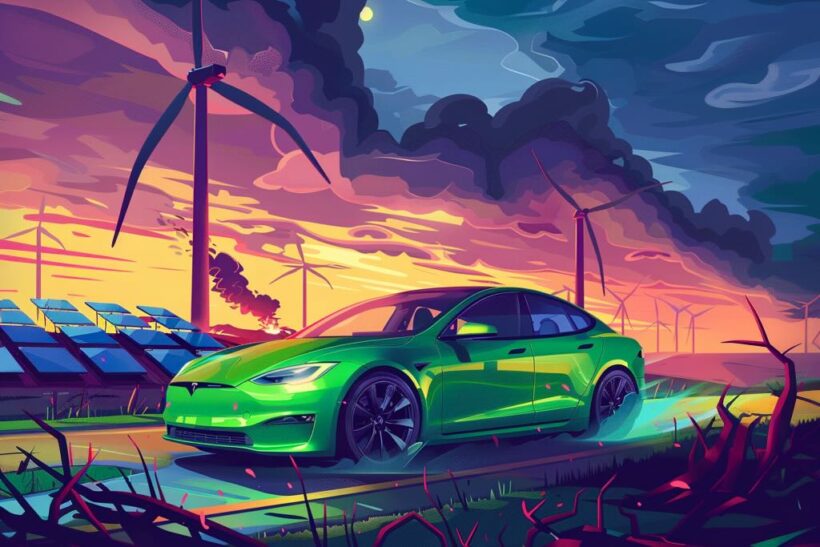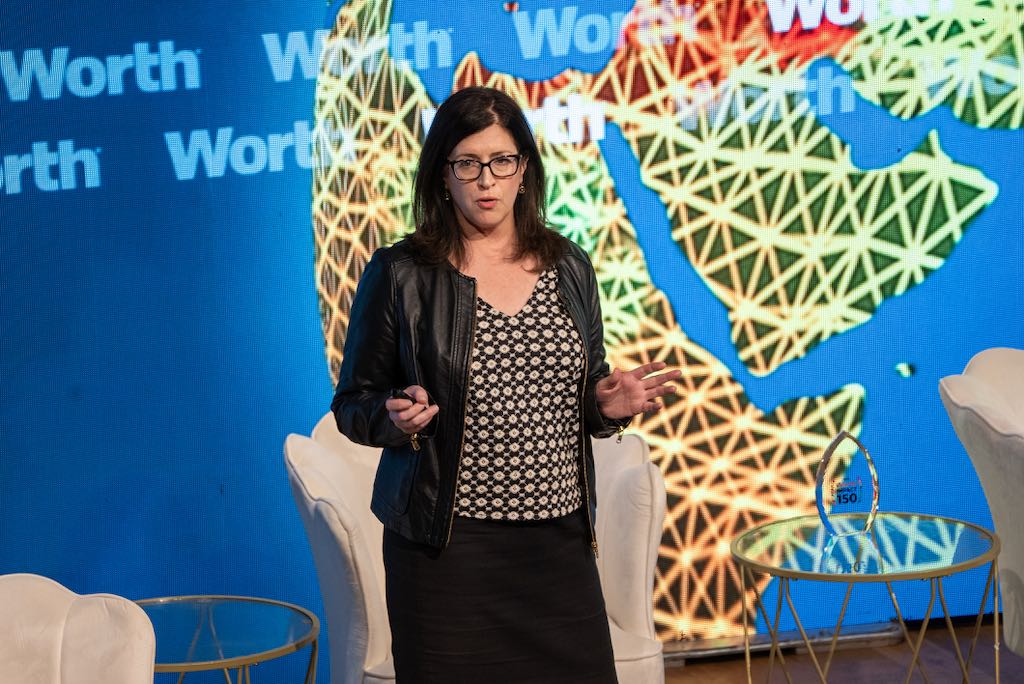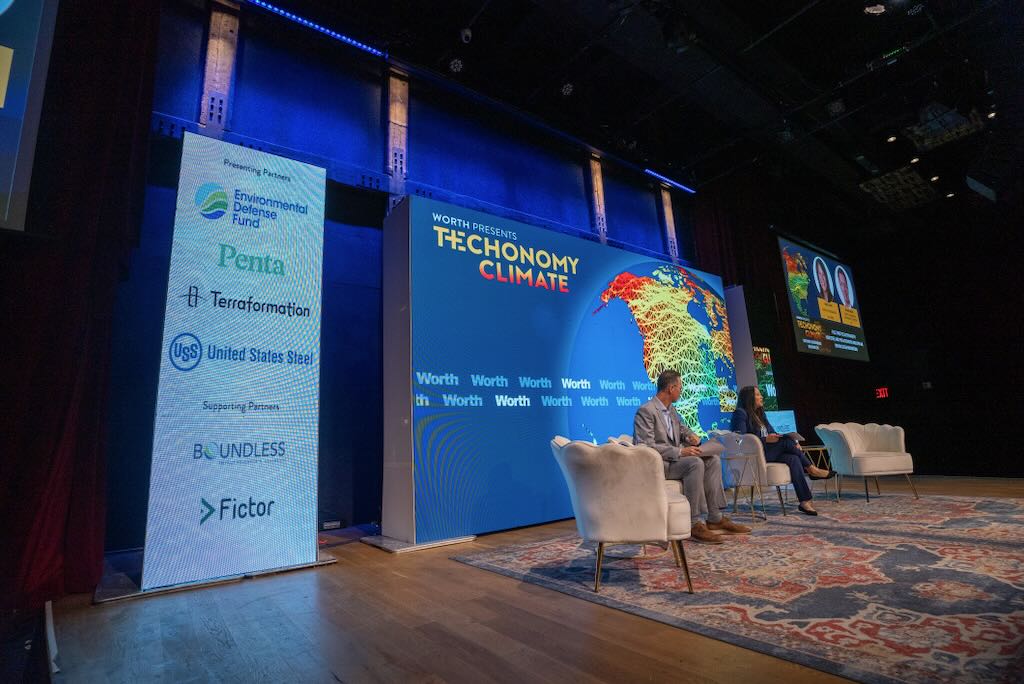In 1970, a middle-aged senator and a college student joined forces to make up a new national holiday for April 22. Gaylord Nelson and Denis Hayes led a coalition that created Earth Day to focus attention on a rapidly deteriorating environment. The problems were obvious: Skies and rivers were brown and noisome, toxic waste sites littered the landscape, and the U.S. Surgeon General declared lead poisoning a “national health problem.”
Earth Day 1970 brought people (mostly white, young, and liberal) together on college campuses and in school auditoriums. High schoolers biked through smog-choked Denver and picked up litter on the state capitol lawn. Walter Cronkite hosted a CBS News special at the end of the day in which he concluded, “As a demonstration, it was mixed—beyond expectations here, far below there.”

He underestimated.
Earth Day rode on a growing movement for environmental reform. Congress had passed the Clean Air Act in 1963 and the National Environmental Policy Act in January 1970. But actions accelerated after Earth Day, including—in fairly short order—the creation of the Environmental Protection Agency; the passage of the Clean Water Act, National Forest Management Act, and Endangered Species Act; and the beginning of the process to phase out leaded gasoline.
Earth Day largely succeeded in its goals: Skies have cleared up considerably from where they were, even in places like LA (although it still has a long way to go). And urban sewers like New York’s East River are now prime waterfront property. What’s more, Earth Day was part of a global trend of eco reform. Paris’s Seine River will (probably) be a competition venue at this year’s Summer Olympics. EarthDay.org claims to be active in more than 190 countries.
Earth Day’s 1990 Reboot
In my freshman year of college—two decades after the first Earth Day—I joined a coalition of students in Washington, D.C., who united with Hayes and other earlier-generation leaders to reboot the movement.
Some of the environmental threats were still obvious and in the popular zeitgeist. “I’ve gotten real concerned over what’s going to happen with all the garbage,” Andie MacDowell’s character tells her therapist in the 1989 movie Sex, Lies, and Videotape. I felt the same. I could easily smell Staten Island’s massive Fresh Kills Landfill when I visited my big sister in New York City in the early 1990s. (It’s since been buried and turned into a park.)

But climate change was largely invisible. You couldn’t see the floods, droughts, disappearing glaciers, or planetwide coral bleaching that were, at that point, mostly just predicted to happen. So public attention focused on the obvious—like all that garbage. Recycling bins appeared everywhere. My “earthy-crunchy” friends and I even dug through trash cans on campus to redirect glass, aluminum, and plastic to the proper containers.
Corporate America jumped on the new environmentalist wave—in its marketing. The chemical industry assured the public that plastic could be rejuvenated at scale—part of many proclamations by companies that were often little more than feel-good advertising. Three decades later, as little as 21% of all U.S. recyclables make it into the bin, according to new research from The Recycling Partnership. And almost all the plastic that does still ultimately ends up in landfills, according to Greenpeace, which concluded that recycling plastic at scale is essentially impossible.
Of course climate change was on activists’ minds decades ago: It was already the biggest concern for many in my circles. But it was a lot harder to communicate to the public. Earth Day got a second reboot in 2000 to focus more on this greatest of challenges.
Earth Day in the Climate Era
Today is the 54th anniversary of Earth Day. That’s not the kind of round number that usually triggers a retrospective. But this is the most significant Earth Day in decades—the first in which the planet has consistently passed the 1.5 C warming mark that portends a point of no return.
Climate change has met our expectations from all those years ago—in the worst way. And it’s no longer hidden. Unprecedented Canadian forest fires choked the east coast last year and are expected to this year. Torrential rains just doused the Arabian Peninsula, of all places. Half the world’s coral reefs will be subjected to bleaching ocean temperatures this year, and global greenhouse gas emissions are still rising. The list could go on for pages and pages.

But many of the most hopeful expectations have also come true—especially in green power. Since 1977, solar panel costs have dropped from $126 per watt to 26 cents—and solar is now recognized to be the cheapest form of energy in most cases. Wind power prices are actually dropping faster than experts had predicted just a few years ago. CO2 emissions per capita have fallen considerably in the U.S. and China.
The progress on electric vehicles is stunning. General Motors’s all-electric EV1 was quite sophisticated when it debuted in 1996, and even pretty respectable by today’s standards. It was notoriously expensive to develop and produce, however. GM got cold feet, shut down production, and in 2003 began a process of literally crushing nearly all the models as their leases expired.
But the product’s demise inspired Martin Eberhard and Marc Tarpenning to found Tesla Motors in 2003. Electric vehicles are now the leaders in innovation and style. They may not be taking off as fast as boosters had hoped. But their growth rate is in line with how all new technology gradually ramps up. Sure, electric vehicles accounted for just 7.6% of the U.S. auto market in 2023, but that’s up from 5.9% in 2022, and it could top 30% by the end of the decade, according to Kelley Blue Book.
Changing Views
Hearts and minds have changed, too. Environmental values have progressed from the earthy-crunchy minority to the bulk of people today. A Pew Research Center survey (from 2021) found that the majority of every U.S. generation, from Boomers up, feels that addressing climate change should be a top priority. The percentages generally go higher as respondents’ age goes lower. And the partisan divide may be fading. About half of Millennials and adult Gen Zers who identify or lean Republican felt that addressing climate change needs to be a priority. (Another study shows that anxiety about the climate predominates among younger people across 10 countries, including the U.S.)
A Deloitte survey found that slight majorities of Millennials and working-age Gen Zers in 44 countries research a company’s environmental impact and policies before accepting a job (though far fewer would quit over what they learn).
And many corporations have progressed from greenwashing to serious sustainability commitments that might meet with approval, such as in material sourcing, waste reduction, green-energy purchasing, and more. Several of these efforts are led by people Worth has honored in the Worthy 100 and Groundbreaking Women, such as Vincent Eckert (Swiss Re), Alex Liftman (Bank of America), and Rachel Slaybaugh (DCVC).
Do all these positive technological and cultural developments bring hope that humanity will turn back from the brink? Yes. Are they a guarantee? No.
Stay tuned.










